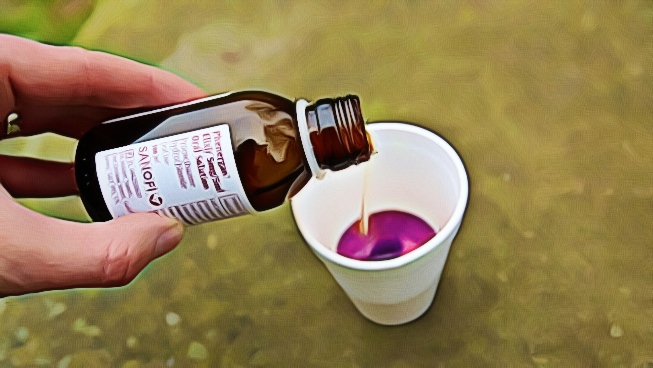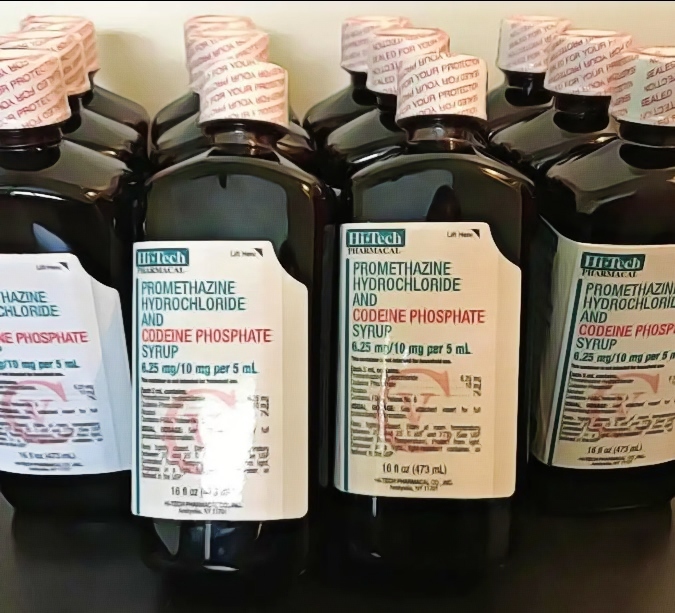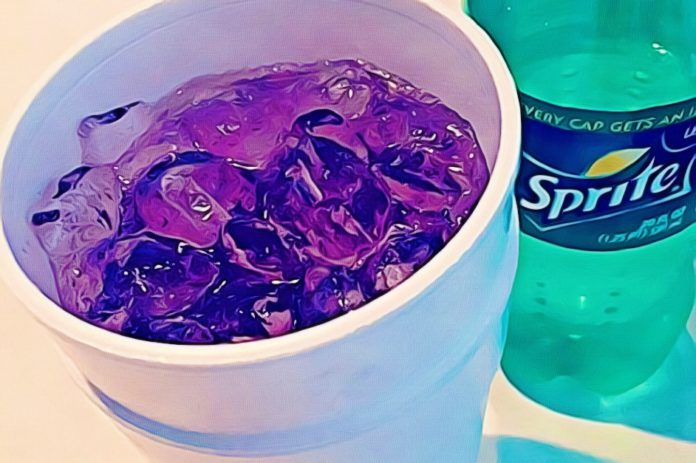Sizzurp may be familiar to most only as a lyric in popular pop and rap songs, but this drink is one of the most commonly abused over the counter medications currently on the market. Also known as “purple drank,” “lean,” and “Texas Tea,” sizzurp refers to a combination of ice, soda, jolly ranchers, and prescription cold medicine—which results in an intoxicating purple liquid. Ingesting this drink causes feelings of euphoria and dissociation, which is responsible for the development of an addiction.
Understanding the risks this drug poses is essential in aiding others who are using sizzurp to sedate themselves regularly. Here’s everything you need to know about this purple concoction and why it needs to be avoided:
What is Sizzurp?
This intoxicating and highly-addictive concoction helps users achieve a sedated and woozy sensation. The sedatives contained in the cold medicine are responsible for these effects, which can last anywhere between three to six hours. While over the counter cold medicines are safe when used properly, an overdose of antihistamine promethazine and opiate codeine can cause dangerous results, especially when combined with other substances.
Opiates are particularly significant in producing the desired effects of drinking sizzurp. It can produce positive psychological effects—which is why they are often abused. Users will experience a high that is addictive and dangerous, causing a depression in the central nervous system, which may result in the heart and lungs stopping. Some of the more concerning effects of these drugs are hallucinations, memory loss, and seizures.

Media had a great influence on the popularity of sizzurp and the resulting drug addictions from its use. The “chopped and screwed” music style draws inspiration from the side effects of sizzurp, which is also common in hip-hop culture, where many famous celebrities have suffered from an overdose of the drink mixed with other drugs.
The continued abuse of lean remains constant due to these influences—and because cold medicine is frequently prescribed by doctors, many are under the impression that there’s no danger in ingesting it in large amounts! Many young people now use cough syrup to get high because the ingredients used to achieve it are easy to acquire and use, especially when mixed with alcohol or other substances.
Codeine High
The codeine high that one gets from drinking sizzurp can come in different forms. Pills and syrups are the most commonly ingested types of cold medicines in concoctions like sizzurp. In over the counter and prescription drugs, codeine is often used with other components like paracetamol. While it is a milder opioid, that does not diminish its risks, especially when abused to feel high.
The codeine high occurs as a result of the drug converting to morphine once it reaches the brain. Here, it attaches to opioid receptors that trigger the release of neurotransmitters that make people feel good. This reaction leads to euphoria, other pleasant feelings, drowsiness, and sedation. Some people may feel happier while on this drug, while the drowsiness and sedative effects are more prominent in other individuals. The high you experience with codeine will depend on your body’s chemistry and dosage, so how it manifests in other people may differ.
Codeine can certainly cause addiction and physical dependence, which are strong characteristics of opioids. Even if it is milder than other prescription opioid counterparts, drug addiction is still possible, especially with frequent use and higher doses. As a tolerance for these substances develops, codeine users may seek out more powerful opioids to sustain their high.
The presence of codeine in purple drank is the primary cause of the effects that people associate with this drink. It causes mild but risky euphoric effects and impairment of motor skills, especially when combined with alcohol and other drugs. Taking sizzurp to achieve the high provided by codeine and promethazine can spiral out of control, leading to a failure of the central nervous system and can ultimately make a person stop breathing. These risks are heightened when sizzurp is consumed with other substances, like alcohol.
Codeine Side Effects
How codeine side effects will depend on the individual’s body chemistry and how much of the drug they have ingested.
Side effects and symptoms can range anywhere from mild to fatal. Some of the more common short-term side effects may include drowsiness, nausea, dizziness, low blood pressure, blurred vision, and seizures.
With prolonged use of codeine, long-term side effects can be expected to develop. These will typically lead to health problems and maladaptive behavioral patterns. Long-term side effects are usually more severe than short-term symptoms and can include anxiety, depression, impaired memory, fatigue, kidney and liver damage, or—if not met in time with addiction recovery—even death.
Treatment for Codeine Abuse
Addiction treatment is important before frequent users develop enough of a dependency to end up in the hospital. This substance can cause behaviors associated with drug addictions, including frequent use, craving the substance, prioritizing it over other important tasks, losing money, and experiencing legal issues. When these behavioral patterns start to develop, it’s a sure indication that the user has a problem with abusing codeine and needs immediate help!
There are many ways that someone addicted to sizzurp can get help. Intervention may be required by family and friends to ensure that the user gets treatment right away. Other individuals may seek help on their own from an understanding that their dependency is no longer healthy or normal. The court may also get involved if the user is apprehended with a combination of drugs.

Working with the right professionals will ensure that the user recovers from the drug addiction in the safest way possible. While it may seem like a good idea to go cold turkey, this is not advisable as it may cause withdrawal symptoms and lead to a relapse. Your attending physician may use doses of buprenorphine and benzodiazepines for dependencies on codeine and alcohol, respectively.
It is normal to experience pain and extreme discomfort when withdrawing from an opioid addiction. To ease this unfavorable side effect of the treatment process and prevent relapsing, a doctor may prescribe over the counter painkillers with no addictive properties to manage the patient’s pain. One perfect example of an acceptable painkiller is clonidine, which is especially effective against nausea and appetite loss.
Detoxifying the body of the drug is not the end of the addiction treatment. Rehabilitation is also an important step that makes use of individual and group therapy to guide the user back to healthier relationships and lifestyles without the need for the drug. Here, they are taught to cope with life’s stressors in a healthier and sober manner using therapy and other complementary treatments. The more a person understands his or her addiction, the greater chance they have of recovering fully.
Conclusion
Many people think that substance abuse and addiction only occur with hard drugs—but this is actually far from the truth. In fact, it is with the more accessible drugs used to treat common ailments that easily form addictions that often go unnoticed! By understanding how these addictions form from seemingly harmless substances, you can identify whether loved ones may be using them in a dangerous manner. Getting to the root of why they need these substances is important for their recovery and overall wellness.
















